Adam's Heart Valve Surgery Blog – Page 78
Leslie Readies For Robotic Mitral Valve Repair
By Adam Pick on January 12, 2008
There’s nothing better than helping patients and caregivers prepare for and recover from heart valve surgery. The stories of Jim Bonk, Taylor and Michelle Browning, and Kathy Benson are both inspirational and heart-warming.
Over the past two months, Leslie Lafayette (pictured below) and I have emailed back and forth about the fears, the risks and, of course, the pain of cardiac surgery.
Together, we have settled those fears and doubts – even the overwhelming concern about the vent tube post-surgery, right Leslie?
Well…. I just want to let you all know that Leslie has selected a heart valve surgeon, a heart valve procedure and an official date for her mitral valve repair. I have to give Leslie a lot of credit. Her research, specific to her upcoming operation, has been incredibly detailed.
Early this week, I received another interesting email from Leslie that shares her unique, patient perspective about her mitral valve surgery. I thought you might like to hear some of the steps that Leslie is taking to prepare for heart valve surgery.

How To Prepare Yourself For Some Frustration… Before, During And After Surgery!
By Adam Pick on January 12, 2008
Many patients and caregivers say that heart valve surgery can be similar to a roller-coaster. There are emotional and physical “ups”. And, there are emotional and physical “downs”.
Looking back on my surgery, I completely agree with that roller-coaster analogy.
In addition to the fear… In addition to the uncertainty… In addition to the doubt.
I, like many patients, experienced waves of the “F” word. Ahem! Not that “F” word. The “Frustration” f-word.
I was frustrated with my insurance company. I was frustrated with my first cardiologist and his horrible bedside manner. I was frustrated with the heart surgeon selection process. I was frustrated with the valve selection process too.

Laughter Is Best Medicine For Your Heart!
By Adam Pick on December 21, 2007
Happy Holidays Everybody!
This is way off-topic and a little (well more than a little) distasteful…
But…
One of the best cliches you will ever hear in life is, “Laughter is the best medicine.” I completely agree with it. That said, I thought you might enjoy some holiday humor if you are currently experiencing heart valve surgery recovery or just need a good chuckle!
I hope you enjoy!

Biocore Aortic Valve From St. Jude Medical
By Adam Pick on December 19, 2007
In the next revision of my book, I am going to provide even more information about the different types of heart valve replacements.
Over the past few months, I have met with several heart valve replacement manufacturers. Needless to say, I am learning a lot about the new technologies and the old faithfuls of the industry.
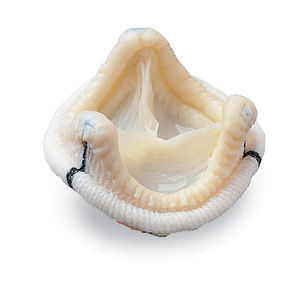
One of the tissue valve replacement types that I constantly receive questions about is the Biocore Aortic Valve from St. Jude Medical.
As you may have seen, St. Jude just received FDA approval for its Epic Stented Valve. It’s interesting to note that the Epic Stented Valve is built upon the architecture of the Biocore Aortic Valve.
Teppo Numminen, NHL Hockey Star, Returns To Ice After Mitral Valve Repair Surgery
By Adam Pick on December 19, 2007
If you are looking for inspiration about life after heart valve surgery…
You have come to the right place!
Here is an amazing follow-up, patient success story on Teppo Numminen. Teppo is a NHL hockey star who recently had mitral valve repair surgery at The Cleveland Clinic.
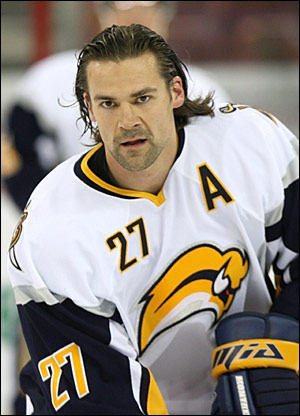
“Do You Have Stamina After Heart Surgery?” Asks Brad
By Adam Pick on December 16, 2007
Earlier today, I received an email from Brad Mueller. Brad is preparing to have the Ross Procedure (aortic and pulmonary valve replacement) in early January, 2008.
Dr. John Oswalt (from Texas) will be performing the operation.
Brad wrote to me, “After surgery, did you regain your stamina. I’ve never been able to run a significant distance and when doing cardio exercises, I get tired relatively quickly. I’m wondering if I’ll see any improvement with a fully functioning three leaflet valve?”

Brad Mueller – Heart Valve Surgery Patient
Cleveland Clinic Video Special – Mitral Valve Repair Video
By Adam Pick on December 15, 2007
As the leading cardiac care center in the world, The Cleveland Clinic Cardiac Care Center is known for its leading edge research and treatment of valvular problems and disorders. I have been very lucky to meet several members from the TCC team including Dr. Gosta Pettersson and Dr. Eric Roselli.
Here is an interesting video with Dr. Mihaljevic about robotic mitral valve repair that I thought you might like. So, without further ado… Click on the link above if you would like to see this mitral valve repair video from The Cleveland Clinic. Or, click here to learn more about repairing diseased mitral valves.
Keep on tickin!
Adam
The Best Feeling Ever!
By Adam Pick on December 15, 2007
This month has been absolutely amazing!
First, I get a letter from Dr. Donald Ross, inventor of the Ross Procedure, then I receive an email from my hero, mountain climber Veronika Meyer. And, now… Now, I am opening up wonderful, touching, inspirational notes from readers all over the world – Leslie, Cheryl, Jim, Lisa, Doug, Erik, etc.
It’s like Thanksgiving never stopped.

This morning I woke up and clicked on an email from Sherry Richardson of Las Vegas, Nevada. I have to admit, some tears of joy actually fluttered along my eyelids as I read this email.
Cardiac Surgery Joke – God And The Devil Go At It!
By Adam Pick on December 14, 2007
Hey everybody,
Nothing like a little heart surgery humor!
The joke is called, “In The Beginning”.

I hope you enjoy! Adam
Fluid In Lungs After Heart Valve Surgery?
Written By: Adam Pick, Patient Advocate, Author & Website Founder
Page Last Updated: May 12, 2025
Earlier today, I received an email from Stacey Ballan, a caregiver. Stacey’s mom recently had heart valve replacement surgery. Inside her email, there was a very interesting question that brought back memories of a minor minor heart valve surgery complication that I experienced.
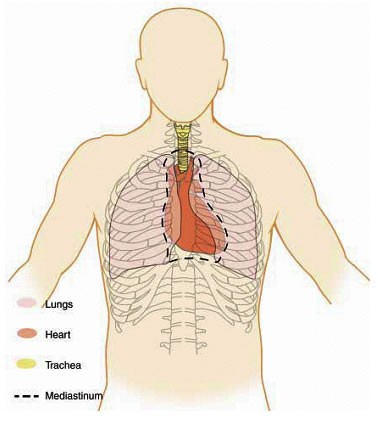
Stacey’s email states, “Adam… My mother was supposed to be leaving the hospital today (it has been one week since her surgery). However, now the doctors say they have found fluid in her lungs. Is this normal or could it mean her valve is still leaking somehow? I feel so bad for her, she was all excited about coming home. Any idea as to what may be happening?”
Guest Patient Blog: Jim Bonk 30 Days After Heart Valve Surgery
By Adam Pick on December 10, 2007
I will be the first to tell you that I never expected this website would grow so quickly. Over the past year, I have met so many wonderful patients, caregivers, doctors and nurses from around the world.
It turns out that we all have several things in common… But, we have come together to share, to learn and to help each other through heart valve surgery.
Several times a week, I receive emails from patients that have read my book and are now in recovery. Their stories are inspiring and touching. Recently, I met Jim Bonk, a certified public accountant from San Diego, California who had aortic valve and root replacement. Jim’s latest email to me provided a special glimpse into patient-life 30 days after aortic valve and root replacement.

My Annual Heart Valve Check-Up, Part I – The Echocardiogram And The Cardiologist, Dr. Ben Rosin
By Adam Pick on December 6, 2007
It’s amazing to think…
Two years have already passed since my double heart valve replacement. What an amazing twenty-four months it has been. Needless to say, I’m incredibly thankful for my health, my family, my friends and my new wife.
That said, I began my “2007 Annual Heart Valve Check-up” earlier today.
The routine hasn’t changed. First stop? Torrance Memorial Hospital for an echocardiogram and a visit with my cardiologist, Dr. “Big” Ben Rosin.
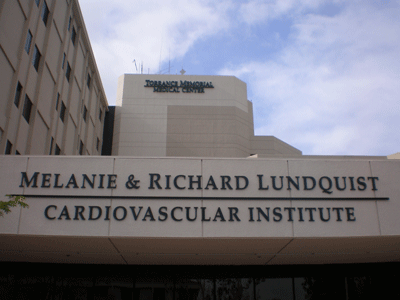
I have to admit, I was a little nervous when I approached the reception desk. Even though I feel good and I have no heart valve problems or leaky heart valve symptoms, I’m always a tad concerned that the performance of my new valves might deteriorate.
Ross Registry Website Relaunched For Ross Procedure Patients & Surgeons
By Adam Pick on December 5, 2007
When I was first diagnosed with severe aortic stenosis and regurgitation, I was immediately confronted with several choices.
- When would I have surgery?
- Who would be the surgeon?
- Would I get a tissue valve or a mechanical valve?
One of the most pivotal questions I soon discovered was, “What procedure are you going to have Adam?” There seemed to be a pretty simple answer to that question.
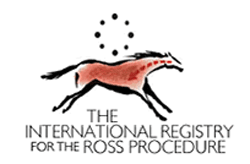
Veronika Meyer At Mount Everest Peak… After Heart Valve Replacement!
Written By: Adam Pick, Patient Advocate, Author & Website Founder
Page Last Updated: May 13, 2025
There are “good” weeks… And, then there are “great” weeks. Last week was better than good and great. Last week was “unforgettable”.
First, I received a very nice letter from Dr. Donald Ross (inventor of the Ross Procedure).

Then, three days later, my inbox showed an email from heart valve replacement super-star, Veronika Meyer.
A Very Memorable Letter From Dr. Donald Ross, Inventor Of The Ross Procedure
Written By: Adam Pick, Patient Advocate, Author & Website Founder
Page Last Updated: November 30, 2007
Last night, I drove up to my house after a very, very, very lonnnnnng day of work. The past twelve hours were filled with hundreds of emails, several conference calls, Los Angeles traffic, etc. Little did I know… My mailbox was holding a short, one page letter that would bring me to tears. I was on the phone with Rob, a good friend, as I flipped through the daily junk-mail that advertised everything from built-in cabinets, to the local Indian restaurant, to Direct TV.
Then, I saw it.
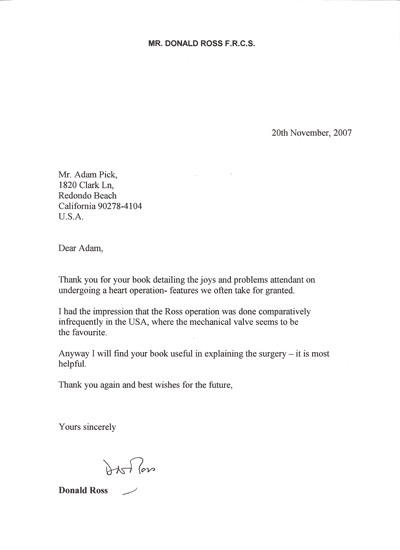
“I have to call you back,” I said to Rob, “There is a letter in my hand from Dr. Donald Ross.”
For those of you who don’t know me, I had a Ross Procedure Operation a few years back. Dr. Vaughn Starnes performed the complex surgery which replaced both the aortic and pulmonary valves of my heart.
After a challenging recovery, I am now doing very well. I am surfing again, scuba diving again and I just got married. To help other heart valve surgery patients, I wrote a book called The Patient’s Guide To Heart Valve Surgery.
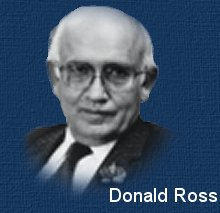
That said, I was holding a personal note from the inventor of the Ross Procedure, Dr. Donald Ross. As I peeled back the envelope, I remembered my phone call with Dr. Ross a few weeks back. He is quite an amazing man.
The letter unfolded in my hands…
Needless to say, I was touched, moved and inspired as I read the note.
To think… Dr. Donald Ross “thanks” me for writing my book.
To think… Dr. Donald Ross writes that he will “find my book useful in explaining the surgery”.
To think…
I never, ever, ever, everrrrrrr fathomed this as a possibility. Especially, considering my thanks to him is boundary-less. Because of Dr. Ross, and his innovative thoughts on cardiac surgery, I am now living a full, healthy life again.
I should be the one thanking him, don’t you think?
Related Link:
Keep on tickin!
Adam
Patients and Caregivers! Don’t Forget To Ask Your Genie!
By Adam Pick on November 29, 2007
I am a very lucky man. Throughout my life, I have been fortunate to have great parents, supportive siblings, guru-like mentors, steady work and now, a wonderful wife in Robyn. This may seem strange for you to hear… But, I especially appreciate my double heart valve replacement surgery.
Yes, the stress, fear, anxiety and frustration of cardiac surgery is not easy going through. But, after my roller-coaster recovery, I now see all the life-changing benefits the operation brought into my life. There is no doubt, my family and friends helped me turn a lemon into lemonade (from the patient perspective).
Interestingly enough, the entire heart surgery experience reinforced a key “life-lesson” that I absorbed years ago. There is a wonderful book called, The Aladdin Factor. If you haven’t read it, I would highly encourage you to consider what the authors, Jack Canfield and Mark Hansen, communicate in this wonderful book.
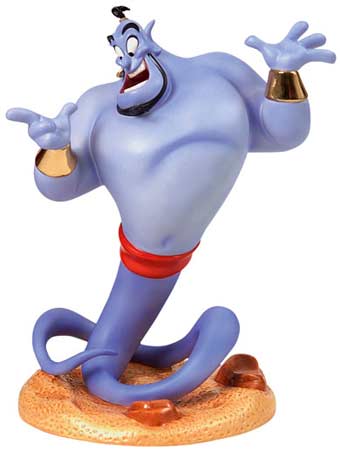
Patient Recovery Spotlight: The Incredible Taylor Browning
By Adam Pick on November 27, 2007
Every so often, I have an experience that insures my belief that life is nothing short of an amazing opportunity to learn from the extraordinary accomplishments of others.
Last Saturday, I had such an experience.
Four days ago, at the Manhattan Beach Brewing Company in Southern California, I finally met Michelle and Taylor Browning. Below you can see a picture of Taylor, Michelle, Robyn and me (left to right).
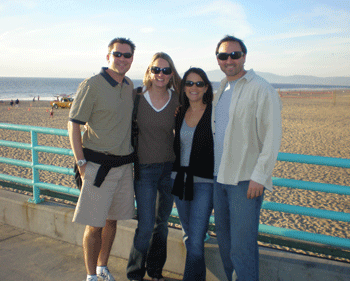
So you know, Taylor had heart surgery (aortic valve replacement, root replacement) due to an aortic aneurysm ten months ago. I met the Brownings shortly after Taylor’s wife, Michelle, read my book and sent me some questions.
Since then, the three of us of us have continued to exchange emails as Taylor progressed through his procedure and then his recovery.
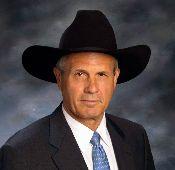
Will Heart Valve Manufacturers Consolidate And Gobble Up Each Other?
By Adam Pick on November 27, 2007
Are you seeing what I’m seeing in the world of heart valve manufacturers?
I could be wrong, but it seems like a new wave of corporate consolidation is upon us. During the past few months, several corporate transactions have been announced involving many leading (Edwards) and start-up (AorTx) heart valve manufacturing providers.

Some of the most recent deals include:
- Edward Lifesciences’ purchase of the Cardiovation product line from Ethicon.
- Hansen’s acquisition of AorTx.
How Many Mitral Valve Operations Performed Each Year?
By Adam Pick on November 24, 2007
One of the typical thoughts which appear for patients diagnosed with a severe heart valve disease diagnosis is that of… loneliness. As a heart valve patient wrote me recently, “I feel so alone.”
Heart valve surgery can trigger scary and isolated thoughts – for both patients and caregivers. Personally, I remember that lonely feeling when I was diagnosed with aortic stenosis which lead to my Ross Procedure (double valve replacement).
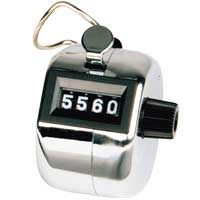
This thought rattled around in my head, “I do not know anyone who has had aortic valve replacement. Hmmm. This must be a very dangerous operation.”
Interestingly enough, that fear can and should be managed when evaluating the realities of cardiac surgery…
Two Years Later… Still, Very Thankful For My Heart Valve Surgery
By Adam Pick on November 20, 2007
Okay. Okay.
I know if I titled this blog ‘Happy Thanksgiving From The Heart’ it would simply be too much of a cliche. So, I decided to edit that title and reshape the focus of this blog a little.
If you are a newly diagnosed patient (with severe heart valve disease), you may be going through some fear, uncertainty and doubt right now. If you are a caregiver, I can imagine that you may have a whole lot of concern for the patient that you’re looking after.
Well… I’m here to show you how this former patient looks back upon his heart surgery as a fantastically positive experience. That’s right!
“How is Adam going to do that?” you may be wondering with a raised eyebrow.
Well. I have a few tricks up my sleeve.
As many of you know, this is the second year after my Ross Procedure. Needless to say, it has been an amazing twenty-four months.





